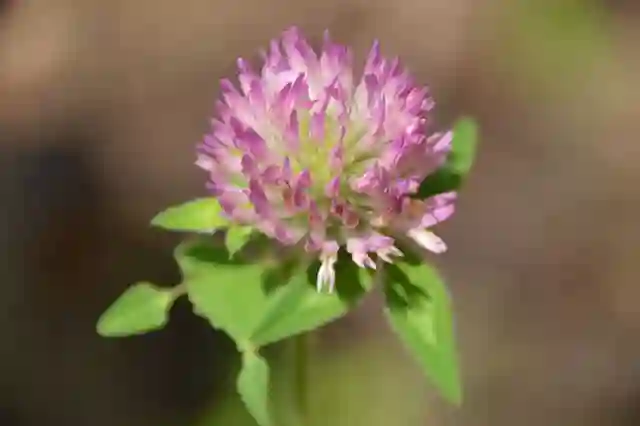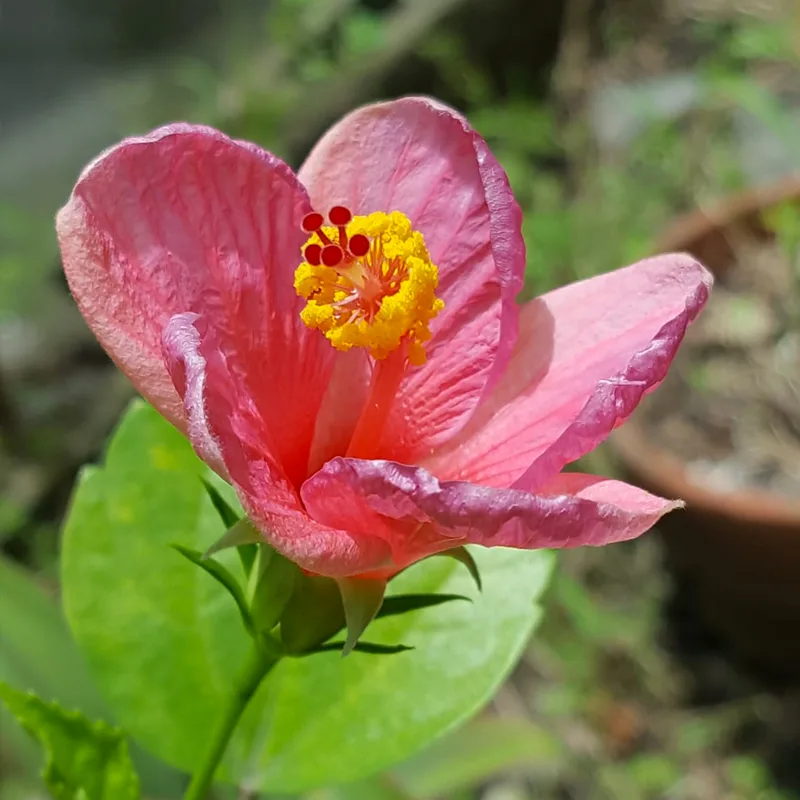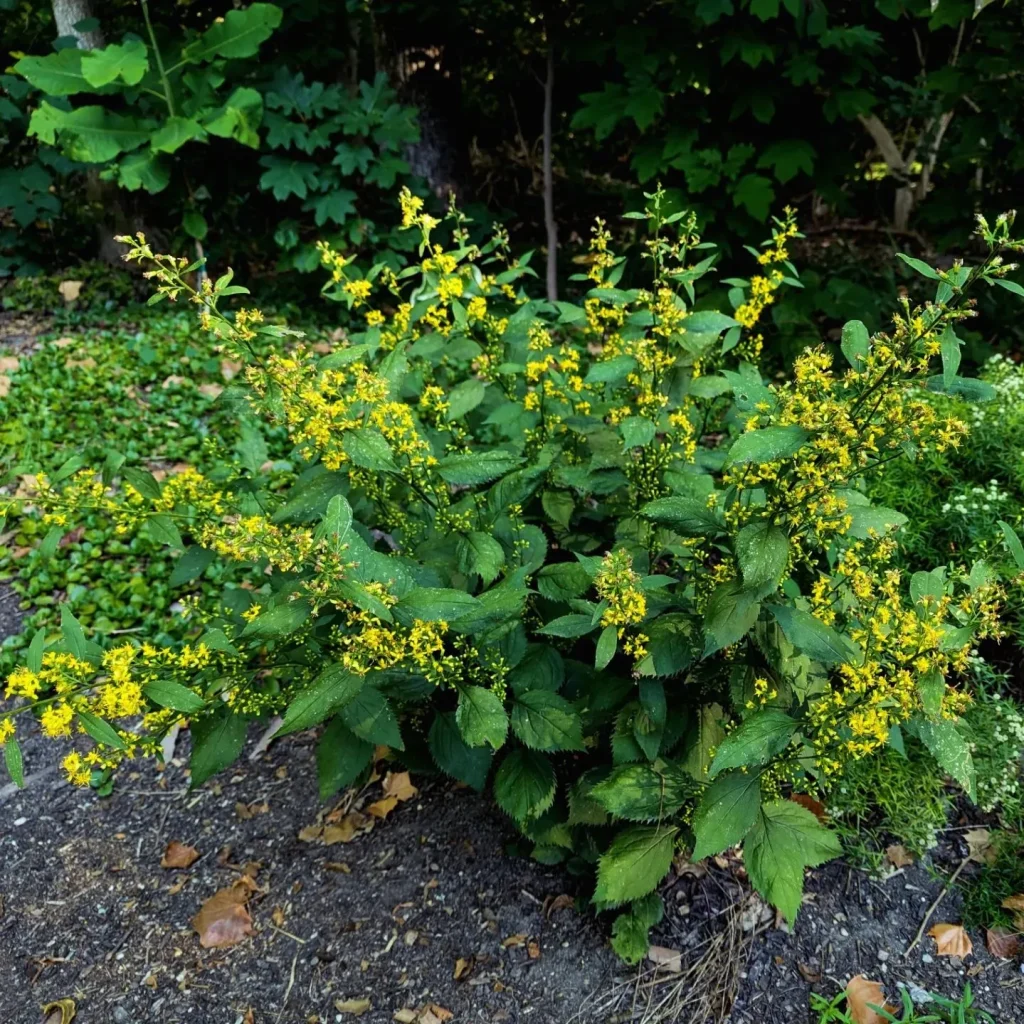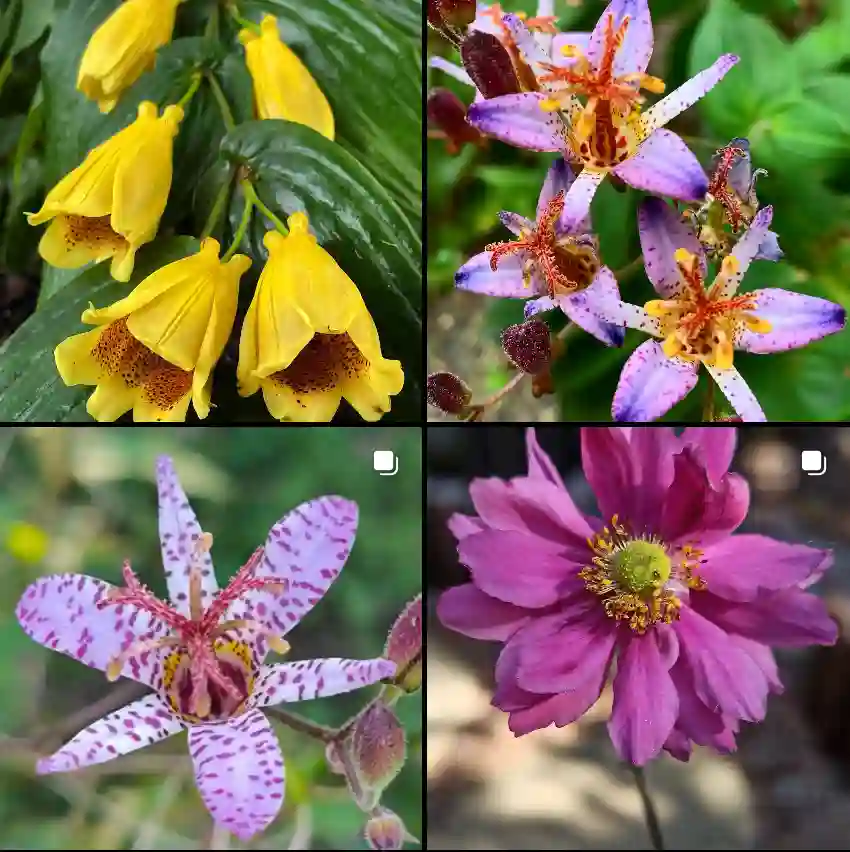FAQs About Arctostaphylos Sentinel
Arctostaphylos Sentinel, often known as Sentinel Manzanita, is a striking evergreen shrub with a unique charm. This plant, native to California, is popular for its stunning bark and attractive foliage. Here, I’ll cover everything you need to know about this captivating shrub, including its care, propagation, and more.
78 Species in Genus Arctostaphylos
What Is Arctostaphylos Sentinel?
Arctostaphylos Sentinel is a type of Manzanita, a genus well-regarded for its distinctive red bark and small, leathery leaves. This particular species is admired for its compact, upright growth and beautiful, reddish-brown bark. It typically grows to about 3 to 6 feet in height and width, making it an ideal choice for smaller gardens or as a ground cover.
How to Care for Arctostaphylos Sentinel?
Caring for Arctostaphylos Sentinel is relatively straightforward, but it does have specific needs to thrive:
- Sunlight: This shrub loves full sun. Plant it in a spot where it will receive at least 6 hours of direct sunlight daily. It can tolerate some light shade, but its growth might be less vigorous.
- Soil: Sentinel Manzanita prefers well-drained soil. It’s best suited to sandy or loamy soil with good drainage. Avoid heavy clay or poorly drained soils, as they can lead to root rot.
- Watering: Once established, Arctostaphylos Sentinel is quite drought-tolerant. However, it will benefit from occasional watering during prolonged dry spells. Overwatering can be detrimental, so ensure the soil dries out between waterings.
- Fertilizing: This plant does not require heavy feeding. A light application of a balanced fertilizer in the spring can help promote healthy growth, but avoid over-fertilizing.
- Pruning: Minimal pruning is needed. Remove any dead or diseased branches to maintain its shape and health. Pruning should be done in late winter or early spring before new growth starts.
How to Propagate Arctostaphylos Sentinel?
Propagating Arctostaphylos Sentinel can be done through seeds or cuttings:
- Seeds: Start seeds indoors about 6-8 weeks before the last frost. Sow them in a well-drained seed mix and keep them warm and moist. Germination can take several weeks.
- Cuttings: Take cuttings from healthy, mature plants in late summer or early fall. Use a rooting hormone to encourage root development and plant the cuttings in a well-drained potting mix. Keep them in a warm, humid environment until roots develop.
What to Plant With Arctostaphylos Sentinel?
Pairing Arctostaphylos Sentinel with other drought-tolerant, low-maintenance plants can create a harmonious garden. Consider these companions:
- Lavender: The aromatic foliage and purple flowers of lavender complement the reddish bark of Sentinel Manzanita beautifully.
- Sage: Various sage species, like Salvia, add a touch of color and contrast to the garden, thriving in similar conditions.
- Succulents: Low-growing succulents like Sedum or Echeveria work well, providing a variety of textures and colors.
- California Lilac: Ceanothus varieties also thrive in similar conditions and add vibrant blue flowers to your landscape.
Is Arctostaphylos Sentinel Toxic?
Arctostaphylos Sentinel is not considered toxic to humans or pets. However, it’s always a good idea to keep an eye on pets to prevent them from chewing on any plants, as some species can cause digestive upset if ingested in large quantities.
Benefits of Arctostaphylos Sentinel
- Low Maintenance: Once established, this shrub requires minimal care, making it ideal for low-maintenance gardens.
- Drought Tolerance: It is highly drought-resistant, making it a perfect choice for dry climates or water-wise gardens.
- Aesthetic Appeal: The reddish bark and evergreen foliage provide year-round interest and beauty.
- Wildlife Friendly: This plant can attract pollinators like bees and butterflies, enhancing the biodiversity of your garden.
Common Problems with Arctostaphylos Sentinel
While Arctostaphylos Sentinel is generally hardy, it can face a few issues:
- Root Rot: Poor drainage can lead to root rot. Ensure the soil is well-drained to prevent this problem.
- Pest Issues: Watch for aphids or scale insects, which can sometimes infest the plant. Regular inspections and appropriate treatments can help manage these pests.
- Fungal Diseases: Occasionally, fungal diseases like powdery mildew can affect Manzanitas. Proper spacing and good air circulation can help prevent these issues.
Comparing Arctostaphylos Sentinel with Other Manzanitas
When comparing Arctostaphylos Sentinel with other Manzanitas, such as Arctostaphylos ‘Howard McMinn’ or Arctostaphylos ‘Sunset,’ you’ll notice:
- Size: Sentinel is more compact compared to some varieties that can grow much larger.
- Bark Color: Sentinel has a distinct reddish-brown bark, while other varieties may have different hues.
- Growth Habit: Sentinel’s upright form contrasts with the more spreading or bushy forms of other Manzanitas.
Arctostaphylos Sentinel is a fantastic choice for adding a touch of elegance and resilience to your garden. With its unique bark and low maintenance needs, it’s a plant that offers both beauty and practicality.
If i die, water my plants!



